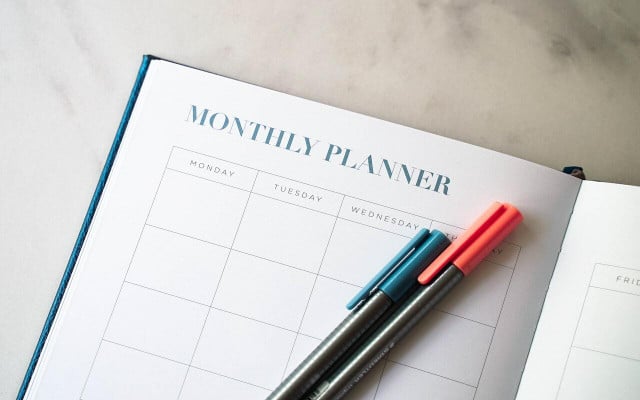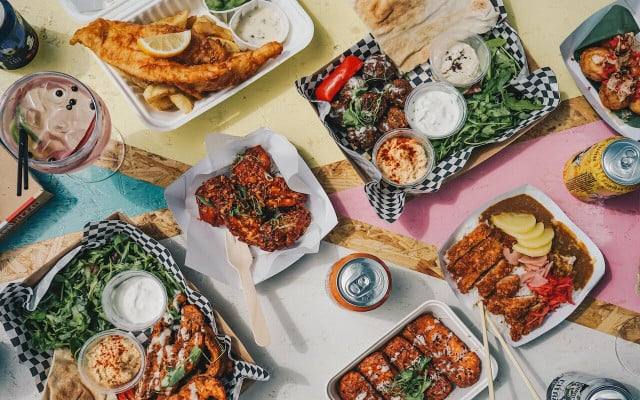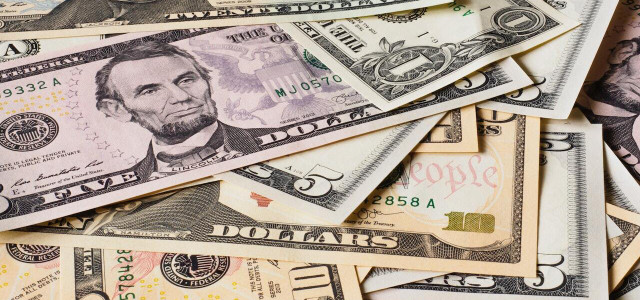Have you ever heard of a No Buy Year? Train yourself away from consumeristic behaviors, do your part for the planet, and save some money by trying one yourself.
Cutting back on excessive spending and being more sustainable with our purchasing habits are promises we often make to ourselves. However, finding a practical way to do this in our everyday lives can be hard. Curious about how you can cut back on your consumerism and get your finances in better order? Here is our guide to starting a No Buy Year.
What is a No Buy Year?
Generally, a No Buy Year involves cutting out all (or at least some) of your unnecessary purchases for 12 months. This means limiting yourself to necessary purchases only such as groceries, paying bills, and personal hygiene items, and cutting out any unnecessary purchases such as buying new clothes, makeup, and eating out. This enables you to save money, be more environmentally friendly, and spend more time doing things you want to.
There are no specific set rules for starting a No Buy Year. Some people center their year around cutting out a specific category of spending, such as cosmetics or beauty treatments, while others allow themselves a specific budget or cap such as $100 for clothing per year. Although it may sound difficult, a No Buy Year is a great way to commit to reducing your consumerist habits as it allows you to plan your spending ahead of time and properly commit to a spending plan.
Curious about starting but unsure of how to begin? Here are the six tips we believe are most vital to know when planning and committing to your No Buy Year.
1. Create a Budget



(Foto: CC0 Public Domain / Unsplash / Microsoft 365)
As mentioned, creating a budget for your No Buy Year is a great way to start. This is because it allows you to get a full picture of how much money you usually spend. To do so, try going through your credit card and bank statements, making a note of how much money you will probably need to spend on necessary items such as groceries and paying bills. Some people also find it easier to commit to if they have a set budget for luxury spending rather than committing to a full No Buy Year, such as $50 for makeup or eating out per year.
2. Plan Ahead



(Foto: CC0 Public Domain / Unsplash / 2H Media)
Once you’ve decided on your budget, it can be helpful to decide which categories of unnecessary items you will be refraining from buying. From cutting down on buying coffee or refraining from booking holidays, deciding what your No Buy Year will entail before you begin is a good way to ensure that you are committed to it throughout the year.
It can also be helpful to look ahead at your year and anticipate any necessary future spending. For events such as birthdays, Christmas, or any other holidays where you will probably have to spend money on gifts or travel, try giving yourself a budget for spending beforehand to better stick to your no-buy rules. If you are curious about ways to be more sustainable during the holidays, check out our tips for a minimalist Christmas.
3. Start Small



(Foto: CC0 Public Domain / Unsplash / Ambitious Creative Co. - Rick Barrett )
Although the goal of a No Buy Year is to eliminate all unnecessary purchases completely, committing to a less intense spending plan is still a great way to become more aware of your spending habits. If a full year seems too much to commit to as a beginner, try a No Buy Month or a No Buy Season at first before transitioning into a full year. Alternatively, committing to cutting out one form of spending (such as a year of no manicures or no buying coffees) can be a good way to start if you are unsure about committing to no unnecessary purchases completely.
4. Eliminate Temptations



(Foto: CC0 / Pixabay / gonghuimin468)
One of the hardest parts of a No Buy Year is the pressure to give in to temptation and start spending again. As much of our world is built around consumerism and materialism, it can be easy to feel left out or lacking in motivation to finish your year because of this. However, there are ways that you can avoid these temptations. One way is by doing your No Buy Year with a partner or a friend who can give you encouragement when you feel unmotivated. Another way to commit more heavily is to incorporate no-buy rules into your joint household expenses, such as avoiding luxury items in your weekly grocery shop.
5. Keep Busy



(Foto: CC0 Public Domain / Unsplash / Camylla Battani)
Oftentimes, we can find ourselves going on a spending spree to fill a void, or for a hit of dopamine. By keeping busy and filling your free time with other hobbies or activities that don’t involve spending, it will be easier to commit to your rules and avoid giving in to temptation. Instead of shopping, try activities such as baking, catching up with friends, or spending time outdoors when you feel tempted to spend during your No Buy Year. For some fun outdoor activities that don’t break the bank, check out our eco-friendly ideas for a hot day, and for Earth Day.
6. Don't Give Up!



(Foto: CC0 Public Domain / Unsplash / Katya Ross)
When trying a No Buy Year for the first time, making mistakes is inevitable. However, it is important not to give up or write your year off as a ‘failure’. Even by completing a No Buy Year with some mistakes, you will likely have reduced your overspending and consumerist habits to some extent anyway. To prevent mistakes such as impulse purchasing or forgetting your rules, try extending your No Buy Year when you slip up or writing down the reasons you began this challenge to remind yourself not to quit.
Read more:
- Black Friday 2021: 5 Reasons to Skip the Deals This Year
- How to Consume Less in 7 Realistic Steps
- The Ultimate Sustainable Back to School Guide 2022
Do you like this post?









